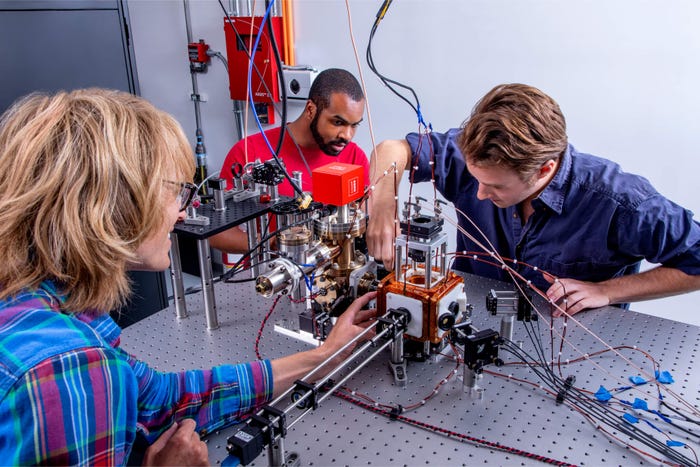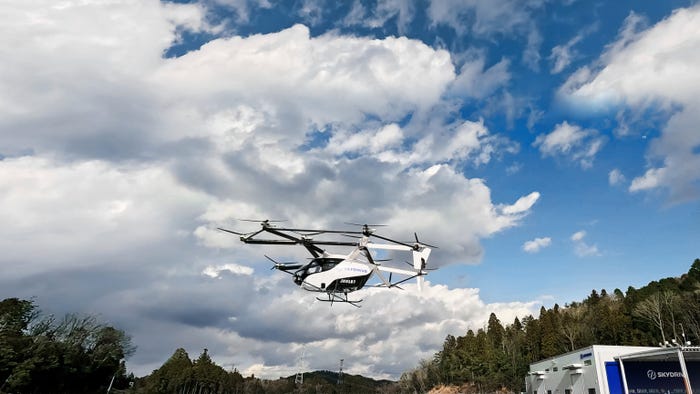When It Comes to Health Wearables, Less Is MoreWhen It Comes to Health Wearables, Less Is More
Wearables are everywhere, but they still aren’t living up to their potential to improve health.
April 4, 2017

By Glen de Vries
This year’s Consumer Electronics Show (CES) was all about wearables. The event, which turned 50 this year, boasted more than 250 exhibitors showcasing new products across the category — from health and wellness to sports, and sleep. the staggering number of exhibitors reflects a fast-growing market, which experts at Frost & Sullivan say will nearly double by 2020.
From tech-enabled rings and sneakers to pajamas and pet collars, it seems everything is being turned into a wearable device boasting features like drone control, augmented reality, and smart styling. And while these new bells and whistles are arguably cool, they risk obscuring the true potential of the wearable – to radically improve our health and lifestyle.
If the fancy finishes and headline-grabbing features get people to wear devices that will ultimately improve their health, I’m on board. I think it’s important, however, to understand that the new bells and whistles are bonus features and do not represent the health-related breakthroughs the industry is heading toward. When it comes to wearables, my wish list is quite simple: I want a device that measures activity, sleep and resting heart rate. That’s it. I don’t require lights or a fancy screen — just long battery life with built-in USB-C charging, in a simple band form-factor with cutting-edge data-collecting sensors, based on technology that has been around since the 1950s.
Did I say the 1950s? Indeed, I did. The magic of today’s wearables isn’t about new technology — or at least it shouldn’t be. Step counting, sleep tracking, measuring your pulse by shining a light onto your skin, these all may be new applications, but the underlying technologies date back to the Eisenhower administration. The game changer will be in the investments made in the underlying mathematical models that tell us what to do with the vast data we’re able to collect.
With the right data models — properly developed and rigorously tested — we’ll continue to unlock the potential of existing sensors. Imagine the possibility of revealing hidden patterns in our genetic code, and combining that with data from activity trackers and elements such as readings from our bathroom scale and information about the food we eat. What if we could arm doctors with this information, enabling them to diagnose and treat disease earlier, provide patients with individually customized drug doses in real-time and ultimately make more accurate predictions about our medical future?
For the first time in history, we are able to collect massive amounts of data not only from wearables developed for this purpose, but also from the smartphones millions of people carry on their bodies every day. But collecting the data is just the beginning — the transformative effects will be unleashed as we perfect the algorithms running in the background. They will translate the data into actionable information — the kind we can use to modify habits, improve health outcomes and change our lives for the better.
Existing technology may someday make the virtually imperceptible movements in your hands an alarm that harkens the onset of Parkinson’s disease, prompting your device to tell you to make an appointment with your doctor. In the future, a device could help detect the pollutants in your home and guide your doctor to order certain types of blood work, or use your sleep patterns to tune the dosage of your heart medications. Someday, your wearable will not just measure your resting heart rate, but will notify you when it’s optimal to exercise, and how much exercise you personally need. And they can do all of that based on your metabolism, medical history and environmental conditions. In the future, you’ll know how much you need to run to compensate for eating a cheeseburger earlier that day.
I want to know if I’m on a course toward depression, Alzheimer’s disease, or cancer. And if I am, I want to know what I can do about it. And I’m certainly not alone. These are critical questions researchers around the world are trying to answer — and will be able to, soon, if the industry keeps its focus on transforming healthcare with data. What doctors and patients want most are applications that are genuinely going to make a difference.
To achieve this very possible vision, we need to rigorously test our hypotheses and identify the solutions that will truly advance health outcomes. We must set the bar high — as high as we set it for new drugs and new medical devices. The models and systems that will power tomorrow’s medical breakthroughs will be the ones that are developed through careful application of the scientific method, and with a deep understanding of the interactions between doctors, health practitioners, patients, and caregivers.
There is a path forward, and it’s about connecting the dots from data to behavior. It’s about finding the models that allow us to use this vast amount of information to actually manage our lifestyles and optimize our health. It’s about shifting from intervention to prevention, helping us to change our daily habits and avoid a heart attack or stroke for as long as possible, so that we can improve health outcomes and our futures.
You May Also Like






